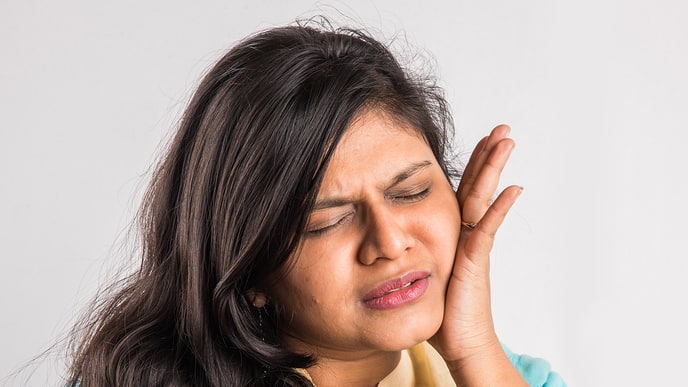Why Wear a Retainer?
Retainers for teeth are mostly used as the last phase of orthodontics treatment. After the braces have been removed, teeth can shift back to their original position. So, retainers worn overnight (if not longer) can help maintain the position of straightened teeth.
Chew Away Bacteria
Straighter teeth are easier to clean, cut down on plaque buildup and reduce the chance of cavities. But there are other reasons you may not be aware of. Straight teeth, along with a correct bite, help kids chew their food more effectively. By chewing better, they get more nutrients from their food. One benefit of being able to chew food thoroughly is an increase in saliva production. And more saliva means more digestive enzymes to cut down on plaque buildup and decrease cavities.
Helps Simplify Diabetes
The research article titled "Oral manifestations of Diabetes", explains how poor oral health can exacerbate the blood-related effects of diabetes. So wearing a retainer correctly, in addition to flossing, brushing and rinsing with products specially formulated for use after braces, can help counteract diabetes-related ailments.
Improves Breathing
A lesser-known advantage is that for some kids, retainers can help their breathing. Special types of retainers are used to not only help straighten teeth or align jaws, but for trouble with snoring or breathing at night.
Helps with Speech Impediments
Some kids wear retainers to help their speech. A study in the MedInd research journal states, "Often the orthodontist can instruct the child in the proper way of swallowing and this knowledge, coupled with changes in the relationships of teeth during orthodontic treatment, can correct the problem."
Getting in the Habit of Wearing a Retainer
Know that the time it takes to form a new habit is different for everyone, so making it fun for your kids can make it easier. Here are some tips for getting in the habit of wearing a retainer and not misplacing it:
Pick up a bigger carrying case and keep the retainer case in this one. Whether it's a bag with their favorite action hero or a purse that's their favorite color, your child is less likely to forget a big bag over a small, plastic case.
Write a note and put it in your child's retainer case. It can be fun for your child to read and acts as a reminder for them to put their retainer away.
Just like keys, keep the retainer case in the same spot. And a brightly colored case is less likely to be overlooked or misplaced during a busy part of the day.
Your kids may have outgrown the tooth fairy, but the fun of waking up to small gifts under their pillow for a full night of wearing their retainer in the first week never hurts.
It can be hard for your kids to consistently wear a retainer correctly and for long periods of time. But after a while, it will be a part of your kids daily life – just like the compliments they'll receive from their well-maintained smiles.
This article is intended to promote understanding of and knowledge about general oral health topics. It is not intended to be a substitute for professional advice, diagnosis or treatment. Always seek the advice of your dentist or other qualified healthcare provider with any questions you may have regarding a medical condition or treatment.
ORAL HEALTH QUIZ
What's behind your smile?
Take our Oral Health assessment to get the most from your oral care routine
ORAL HEALTH QUIZ
What's behind your smile?
Take our Oral Health assessment to get the most from your oral care routine













